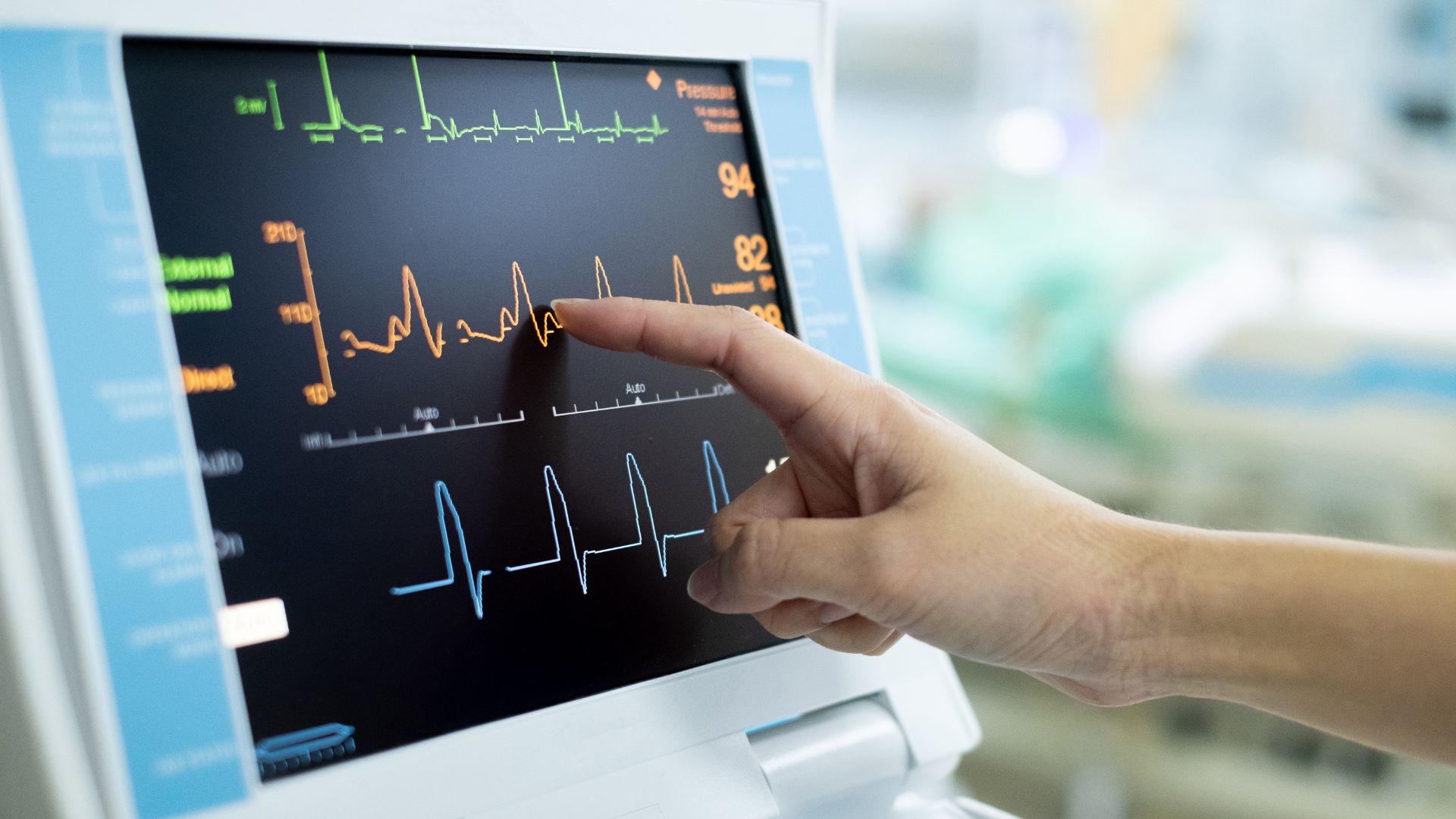
In the intricate world of hospital management, medical
equipment planning plays a pivotal role in ensuring efficient operations
and quality patient care. Whether designing a new facility, upgrading an
existing one, or expanding services, strategic planning for medical equipment
is essential to meet clinical needs, optimize workflow, and ensure financial
sustainability.
Why
Medical Equipment Planning Matters
Medical equipment is not just a financial
investment—it’s a clinical lifeline. Proper planning helps:
- Prevent costly procurement mistakes
- Minimise installation and integration delays
- Enhance patient safety and outcomes
- Ensure compliance with national and
international healthcare standards
- Reduce operational downtime and improve staff
efficiency
Key Steps
in Medical Equipment Planning
1. Needs
Assessment
Begin with a thorough clinical and operational
needs analysis. This involves:
- Consulting with department heads and
clinicians
- Reviewing patient load and service line
projections
- Understanding accreditation and regulatory
requirements
2.
Equipment Categorisation
Medical equipment is typically classified into:
- Group 1: Fixed (e.g., CT scanners, elevators)
- Group 2: Major movable (e.g., ventilators, monitors)
- Group 3: Minor equipment and instruments
Categorization helps streamline budgeting, procurement, and installation
timelines.
3.
Budgeting and Cost Estimation
Accurate cost estimation includes:
- Purchase price
- Installation and commissioning
- Training and maintenance
- Spare parts and accessories
- AMC Cost
4.
Integration with Facility Design
Architects and engineers should collaborate early
with equipment planners to:
- Allocate proper space and electrical/plumbing
services
- Ensure seamless patient and workflow
- Avoid retrofitting delays and extra costs
5.
Procurement and Vendor Selection
Use a transparent, criteria-based selection
process. Evaluate vendors based on:
- Technical specifications
- Service and maintenance support
- Warranty and lifecycle costs
- Training and usability
6.
Logistics and Installation
Coordinate delivery timelines with construction
milestones. Proper logistics management ensures:
- Safe storage
- Timely installation
- Functional testing and commissioning
7.
Training and Handover
No equipment is useful unless staff can operate it.
Conduct hands-on training and prepare SOPs. Establish a documentation trail for
warranties and future audits.
Trends
Shaping Medical Equipment Planning in 2025
- Smart Equipment & IoT Integration: Increasing use of connected devices for
real-time monitoring and diagnostics.
- Sustainability: Energy-efficient and environmentally friendly
equipment is now a procurement priority.
- Digital Inventory & Asset Management: Software tools are being used to track asset
lifecycle, maintenance schedules, and depreciation.
- AI in Planning: Predictive analytics aids in anticipating
future equipment needs based on patient demographics and utilization
trends.
Effective medical equipment planning bridges the
gap between clinical needs and hospital infrastructure. It ensures that
technology supports—not hinders—healthcare delivery. As healthcare becomes
increasingly digitized and complex, forward-thinking planning is essential for
hospitals aiming to deliver patient-centered, safe, and efficient care.
Recent Posts

Get Free
Consultations
Special Advisors









Proper Setup of Medical Equipment